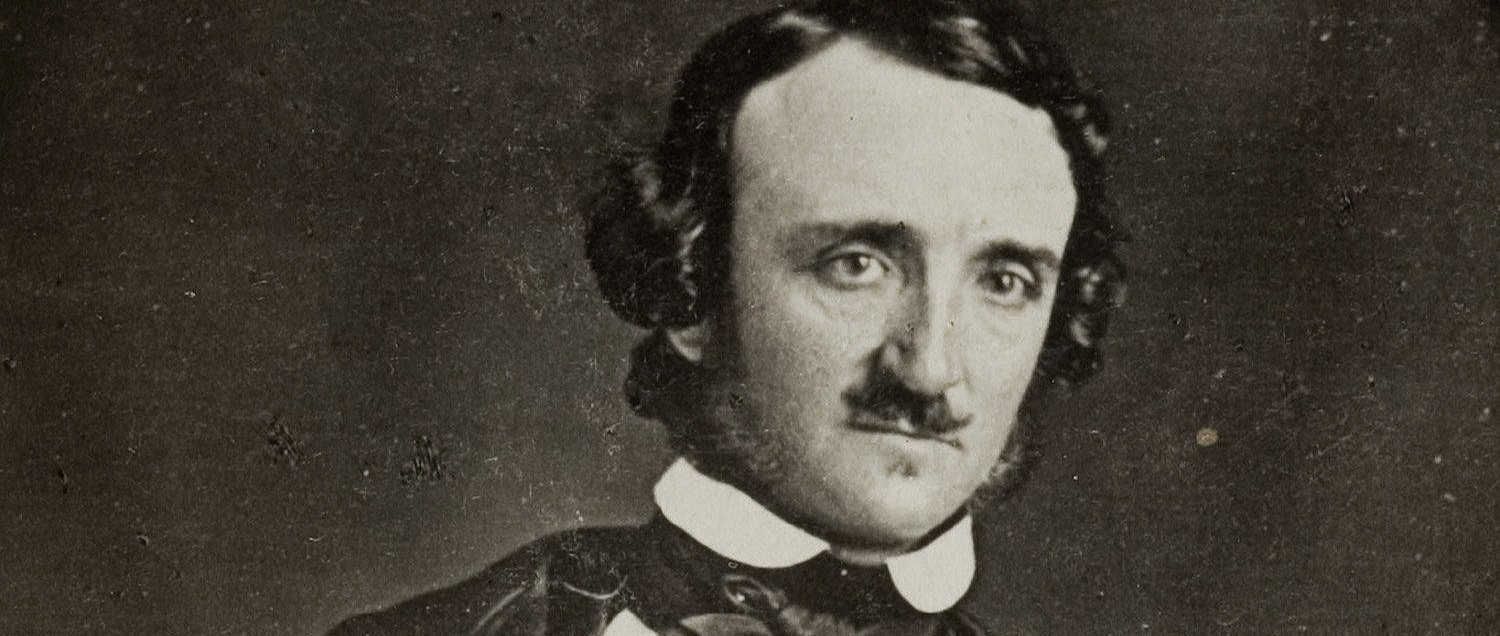Kreeft on Job
/detail from Job Rebuked by his Friends, by William Blake
I’ve been reading Peter Kreeft’s Three Philosophies of Life, a short examination of Ecclesiastes, Job, and Song of Solomon as visions of competing worldviews, bit by bit over the last month or so. Appropriately, over the weekend I read the section on Job—theme: Life as Suffering—while getting over an illness. Here are two passages that struck me:
First, from Kreeft’s introductory remarks:
Though bottomlessly mysterious, [the Book of Job] is also simple and obvious in its main “lesson”, which lies right on the surface in the words of God to Job at the end. Unless you are Rabbi Kushner, who incredibly manages to miss the unmissable, you cannot miss the message. If Job is about the problem of evil, then Job’s answer to that problem is that we do not know the answer. We do not know what philosophers from Plato to Rabbi Kushner so helpfully but hopelessly try to teach us: why “bad things happen to good people”. Job does not understand this fact of life, and neither do we. We “identify” with Job not in his knowledge but in his ignorance.
Identifying with Job in his ignorance is an elegant way to put it. Job doesn’t know at the beginning of the book—the Accuser executes his plan to have Job curse God without any forewarning—and Job still doesn’t know at the end, and yet he is satisfied. Cf. Chesterton’s comments on Job, which I quoted here two years ago in connection with another great ancient confrontation with Not Knowing: The Epic of Gilgamesh.
In the final third of the section on Job, Kreeft leaves the Problem of Evil behind and turns his attention to what he calls “The Problem of Faith versus Experience.” Here he engages in exactly my kind of comparative history:
In previous ages, especially the Middle Ages, which were strong on reason but weak on psychological introspection, and attention to feeling and experience, the crucial problem was the relation between faith and reason. . . . In our age, which is weak on reason (and even doubts reason’s power to discover or prove objective truth) and strong on psychology and experience, the crucial problem is the relation between faith and experience. Today many more people lose their faith because they experience suffering and think God has let them down than lose their faith because of any rational argument. Job is a man for all seasons but especially for ours. His problem is precisely our problem.
I’ve seen compelling arguments that conversion is often if not always pre- or sub-rational. CS Lewis’s account of his acquiescence to God in Surprised by Joy comes to mind. Traveling in the opposite direction, compare the recent evangelical phenomenon of “deconstruction,” which seems primarily to be a process of publicly washing off political cooties (Christians have been mean to gays! Christians owned slaves! Christians voted for Trump!) rather than a Christopher Hitchens- or Bertrand Russell- or Friedrich Nietzsche-style coldly reasoned apostasy.
Kreeft published this book in 1989, yet here he foresees our not only postmodern but post-truth world and the need for an apologetics based not solely on rational argument. Alister McGrath is the theologian I’m most familiar with who has made a deliberate effort at this.
Three Philosophies of Life has been excellent so far, not least because Ecclesiastes and Job are two of my favorite books of the Bible. I look forward to the final part on Song of Solomon, “Life as Love.” While Ecclesiastes and Job have spoken to me where I am for years, Song of Solomon has always been something of a mystery to me. Having read Kreeft’s examination of Job, I’m prepared to embrace that.











